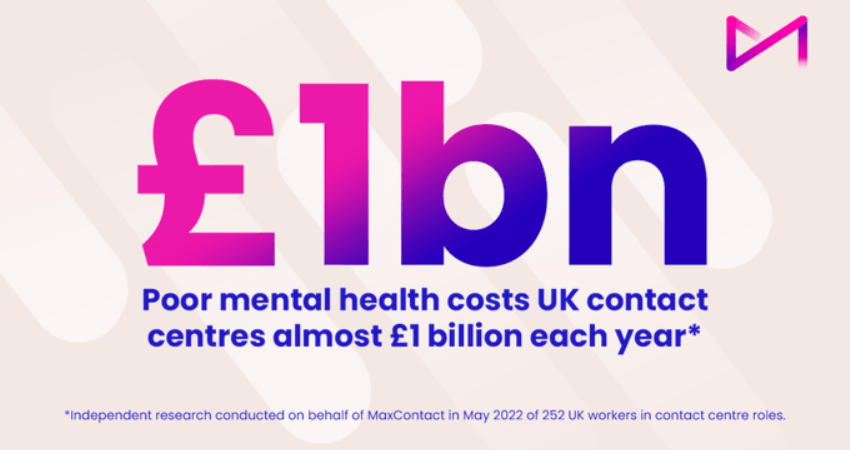Dambusters: how experimentation is holding back the contact centre flood – Jil Maassen, Lead Strategy Consultant, Optimizely
The loosening of lockdown measures is easing pressures across many business sectors, but the contact centre industry is not out of the woods yet. Businesses are struggling to balance sensible social distancing with the high-demand of customers unable to access physical locations to address their enquiries.
In financial services for example, research from Edgar, Dunn and Company found that during the early weeks of the COVID-19 lockdown measures, one bank reported a 400% increase in inbound calls. In addition, for another UK retail bank, average customer waiting times to talk with a bank representative were over two hours. Living in such uncertainty, this is the worst time for customers to not have a voice to speak to.
As the economy ramps back up, and shops and services attempt to resume with safety restrictions in place, businesses will need to urgently review their approach to customer service to avoid further disruption. With continued economic hardship likely to continue, it has never been more important to maintain customer satisfaction as we all know unhappy customers vote with their wallets.
Inbound calls are an inevitability for consumer-facing businesses. However, most of these organisations will be aiming to keep these calls to a minimum. Reducing the amount of contact time with customers is now a necessity, if contact centres are to stay functional during this current climate. The answer to addressing customer needs before they flood the call centre lies in a smart approach to data, and a culture of experimentation. Every stage of the customer journey provides an enormous volume of valuable data. If used in the right way, this data can help businesses nip potential pain points in the bud before the deluge of calls arrives.
The root of the problem
There are often three stages to a customer query escalating and converting into a call to a contact centre. The first stage of this journey is the initial point of contact with an issue, the second is the user searching independently to solve the problem, and then finally it is to contact a live operative via phone, instant message, or social media. And there isn’t much time to act. In fact, according to McKinsey, 75 percent of online shoppers expect help within five minutes of raising an issue. And if they can’t get their questions answered quickly, they will go somewhere else. To bring this to life, let’s examine an example of an online retail platform not functioning properly.
Even with non-essential retailers now opening up, the pandemic has accelerated consumer tendency to shop online. However, this can be a daunting experience for the non-tech savvy amongst us. Once a customer hits ‘purchase’, waiting for delivery can be an anxious experience. A huge percentage of the calls retailers with an ecommerce platform will receive each year are delivery related, so addressing this must be a priority. Customers expect to have a clear view of how long delivery will take, and how this can vary before and after check-out. Minor niggles like this not being indicated post-check-out, or the email order confirmation showing a different span of dates can surge user anxiety.
Should the initially indicated delivery date come and go, the already frustrated customer will usually go online to address their issue. It is here that customers need a real-time indication of their delivery status online, or as many sites have done recently, a clear indication on the main website which highlights the logistics delays caused by COVID-19. If this is unclear in any way, this interaction is highly likely to result in a direct customer interaction. So how can this be avoided? The key lies at every stage of this chain of events, and experimenting with the data produced.
Getting close to the customer

If multiple customers start calling the call centre due to a similar issue of delivery times, these businesses need to have the capability to identify the recurring issue and address it further up the chain. To achieve this, businesses need the technology in place for all departments to access this data and address customer issues before the flood of calls comes.
Organisations with award-winning customer service records, such as Sky, unlock the insights from call centre staff through digital experimentation, empowering these departments with the power to make live changes to customer touchpoints.

“No one knows more about customers than our call agents, because they speak to them every single day. We always show the agents the tests that we’ve run and how they’ve impacted the customer experience. ”
“Contact centre Agents are excited about coming to us with ideas now because they see how it all works. Everyone’s being brought on the journey.”
As shown here, it isn’t just about mining knowledge from call centre staff, it is about a deeper cultural mindset, which allows every part of the organisation to feed into the customer experience. Especially now, as staff numbers dwindle and consumer tensions rise, it is essential for businesses to consider how they are using the insight their contact centre can provide.
Jil Maassen, Lead Strategy Consultant, Optimizely
For additional information on Optimizely Visit their Website







